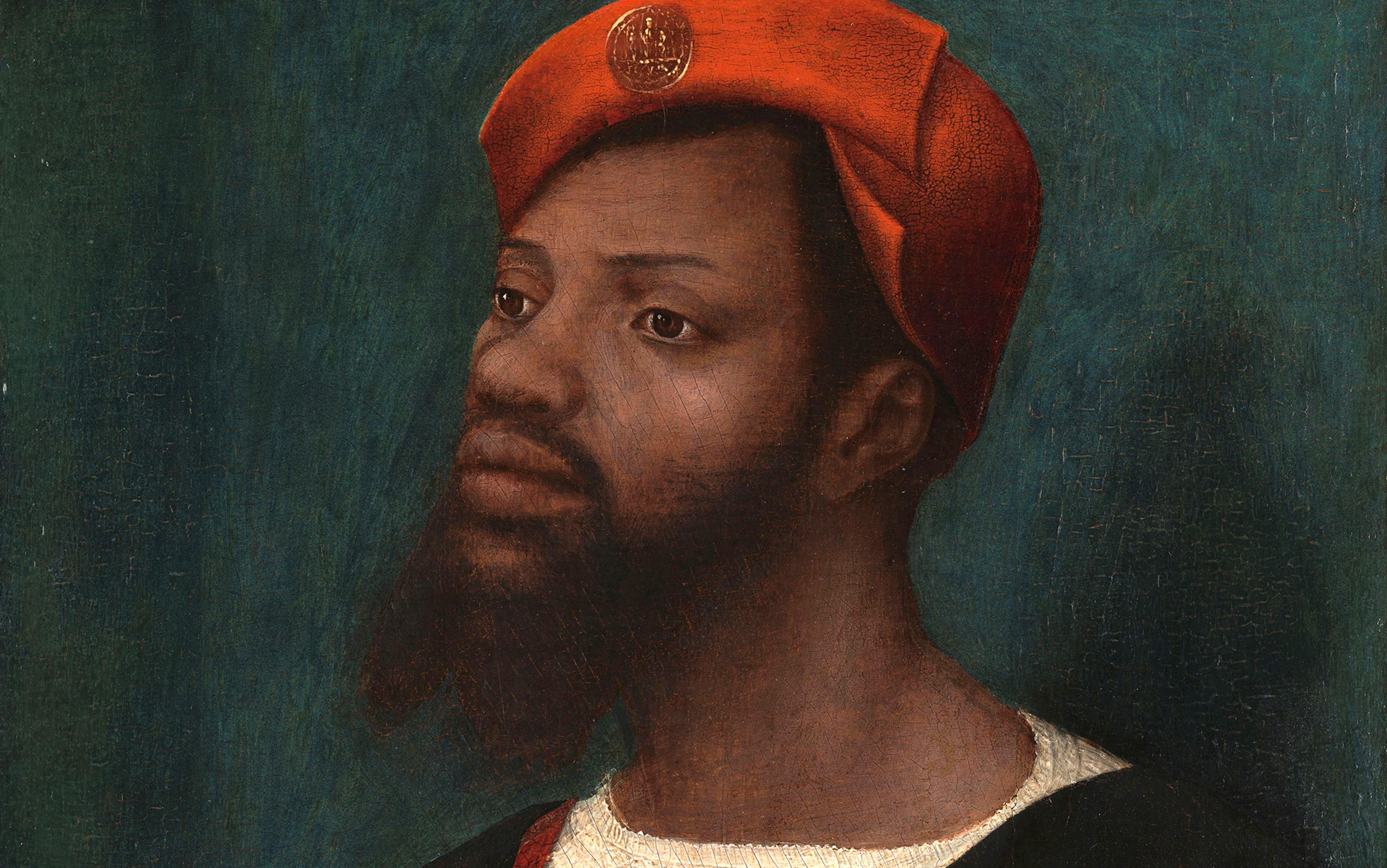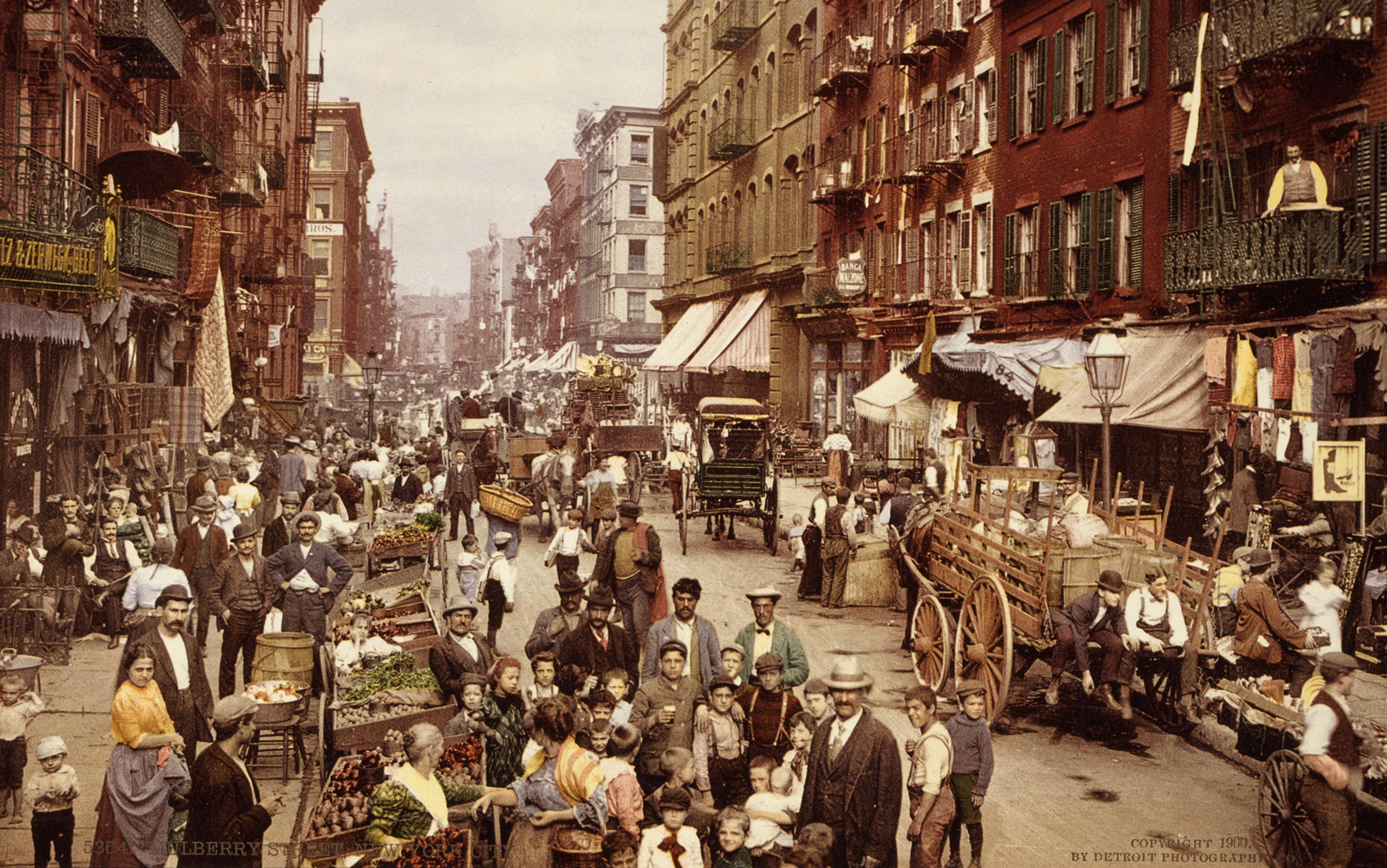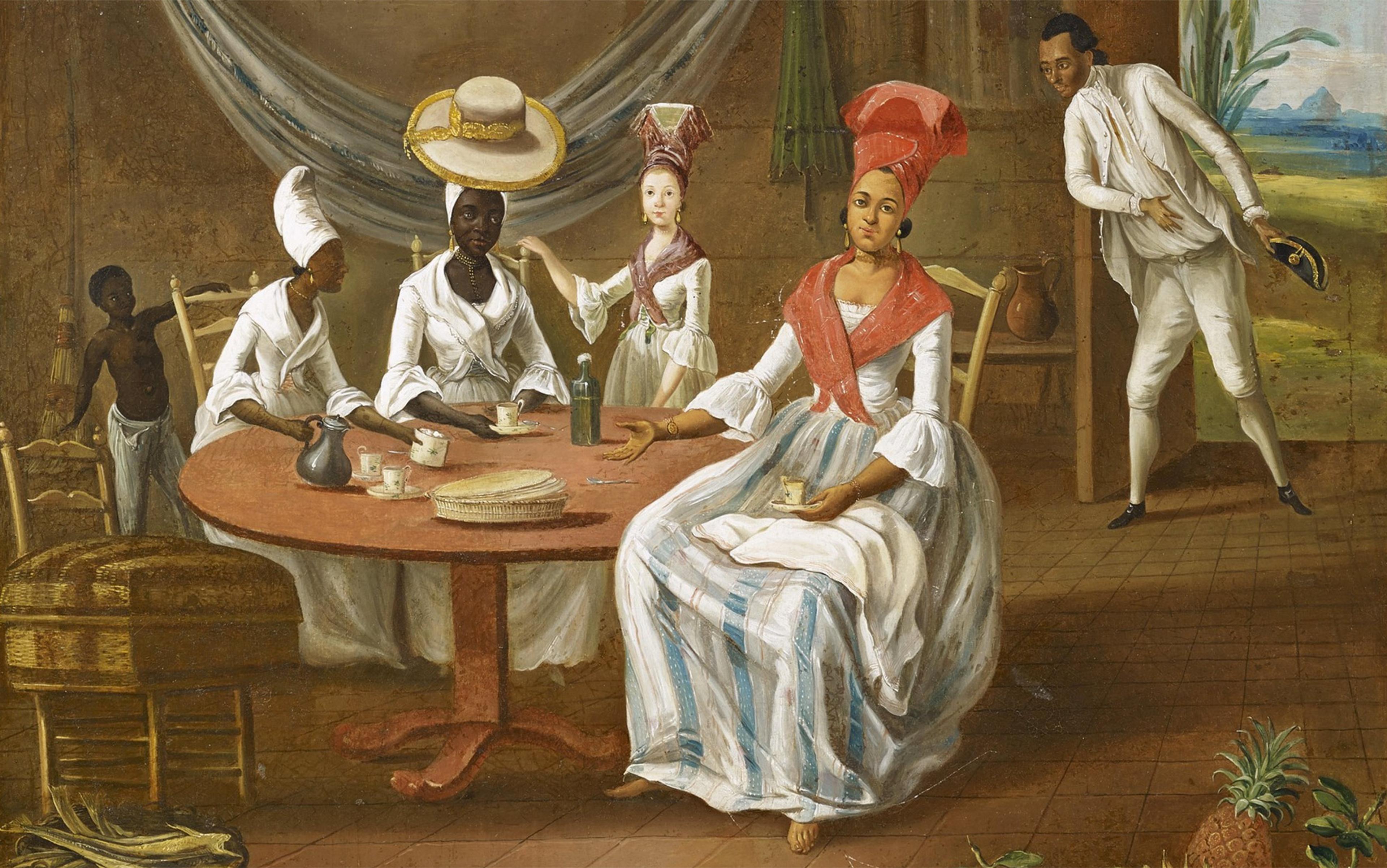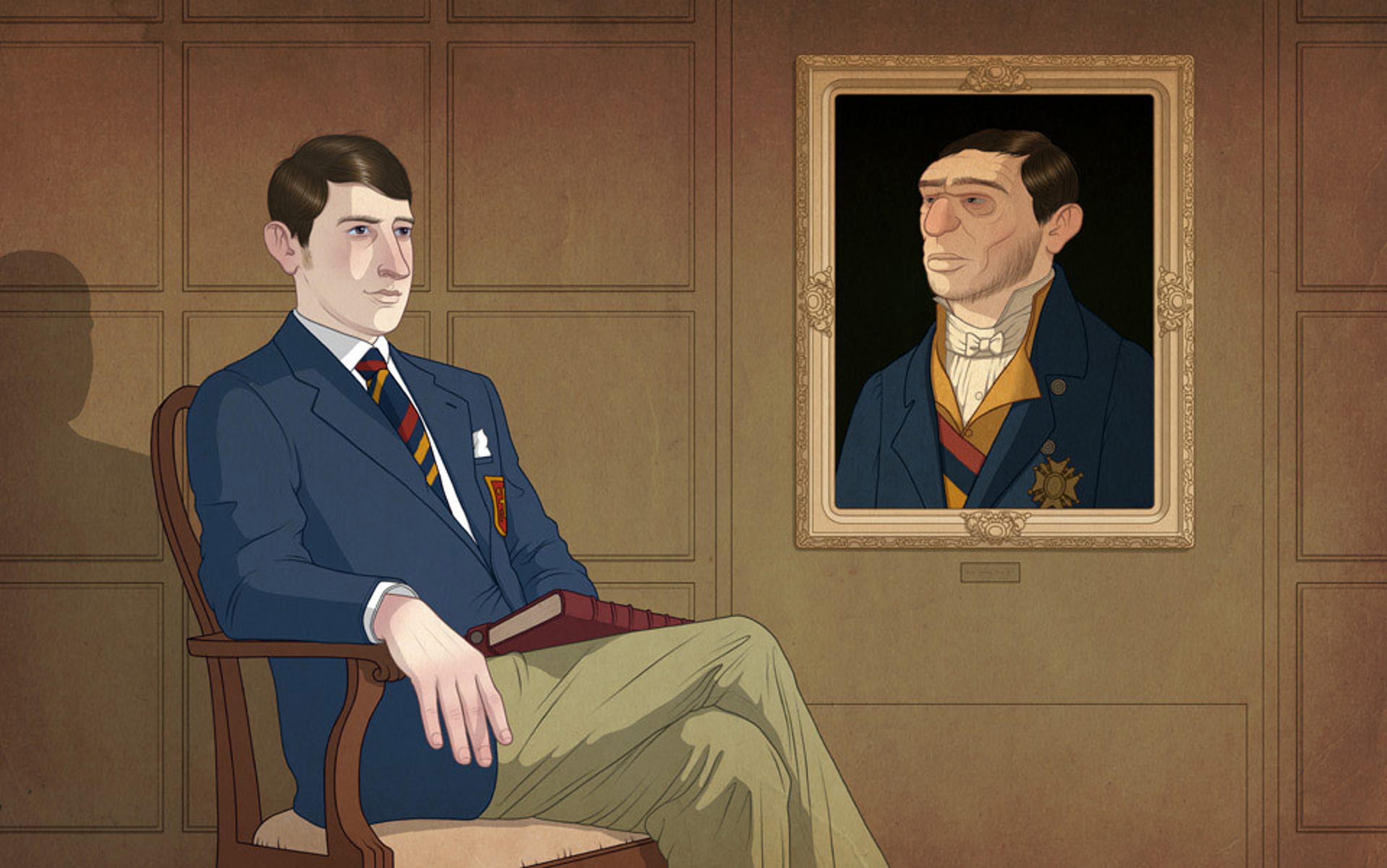The history of race helps us understand the conditions in which racism flourishes. If we could find the origins of racial classification, then we would know for certain that racism is not an inevitable aspect of social life. Furthermore, if it turns out that ‘race’ is a modern invention, then dismantling certain modern institutions would help fight racism. But if ‘race’ is not modern, then such an approach might be misguided, and we should explore commonalities and differences in how racialisation works over the longue durée. Either way, it is crucial that we locate where the idea of ‘race’ comes from. Is ‘race’ modern?
Race theorists have long disagreed about how to answer that question. This is not, however, because of disagreement about the historical facts. Rather (as I argue in a recent paper) the debate remains unresolved largely because the question itself is ambiguous. When race scholars ask whether or not race is modern, they end up answering six entirely different questions. By unbraiding these, we can better understand the history of ‘race’ and racialisation.
The first of those six questions is whether the concept of race is modern. The term appears in translations of Ancient texts, which makes it seem as though the Ancients had some concept of race: one can find, for example, the term ‘race’ in translations of Hesiod’s genealogical poem Theogony, written around 700 BCE. The term that is translated into ‘race’ is ‘genos’, which is hardly an ancient Greek word for ‘race’. Consider Hesiod’s discussion of ‘genos gynaikon’ – the ‘race’ of women. ‘Races’ are supposed to be composed of individuals who tend to procreate with each other. Ancient Greeks meant something very different by ‘genos’ than we moderns mean by ‘race’.
So we must be careful not to project our concepts onto the Ancients. The idea of race likely would have made little sense to them. According to the physician and medical theorist Hippocrates, a newborn baby’s skin colour was determined by the climate, not by the physical characteristics of the parents. Ancient Greek theories about pigmentation emphasised how the environment affects the body. They were largely antithetical to later – explicitly racial – theories, according to which the body is impervious to the environment.
Most race theorists who believe that there was a premodern concept of race focus not on antiquity, but rather on the Middle Ages, particularly 15th-century Spain. (Following the convention in this debate, I date the onset of modernity at 1492.) The significance of this period and place in the history of race has to do with changing attitudes toward two things: blood and holy water.
Christianity is, of course, a proselytising religion, and it has long accepted converts into the faith. But in 15th-century Spain, the potency of baptismal waters was seriously questioned. According to the ‘Purity of Blood’ statutes, Jews and Moors could no longer convert to Christianity, and those who had converted – conversos – were stripped of their positions and privileges. As the historian David Nirenberg explains in Neighboring Faiths (2014): ‘words like raza, casta, and linaje … were already embedded in identifiably biological ideas about animal breeding and reproduction in the first half of the 15th century … the sudden and explicit application of this vocabulary to Jews coincides chronologically (the 1430s) with the appearance of an anti-converso ideology’. This linguistic innovation went hand in hand with a conceptual innovation. Group identity was no longer alterable by a change in climate or a change in religion. It was ‘in the blood’. The Jews and the Moors were deemed to be unalterable razas, or races, and no amount of baptismal water could change this. The concept of race is not modern, but late-medieval.
The claim that the race concept is late-medieval will be surprising to those who associate ‘race’ with the establishment of physical anthropology in the late-18th century, anti-black racism, and with traits such as skin colour. But the case for the existence of a race concept in 15th-century Spain is overwhelmingly strong. What is needed is a distinction between the first question – is the concept of race modern? – and the second question: is race as a scientific concept modern?
In the late Middle Ages, ‘races’ were understood to be biological lineages formed through reproductive isolation. This sounds so similar to modern scientific conceptions of race that we might be tempted to conclude that later scientific approaches to race were not uniquely modern – that ‘race’ science just gave the existing race concept a scientific gloss. But there were some radical changes in how ‘race’ was understood during modernity. In medieval Spain, the Jews and the Moors were understood to be ‘races’, but nobody else appears to have been given this label. This changes with modernity.
In François Bernier’s New Division of the Earth (1684), all of humanity is divided according to ‘race’. Bernier described four ‘species or races’ that very roughly translate to white (which included Egyptians, Native Americans, and Indians who were, in his words, merely ‘sunburnt’), black (sub-Sarahan Africa), Asian (all people from Muscovy to the Philippines) and Sámi (whom he admits to knowing little about). Whereas the 15th-century Spaniards racialised the Jews and the Moors, who were often physically indistinguishable from the old Christians, Bernier was primarily focused on observable differences in traits such as skin colour, hair texture and so forth.
The concept of race is late-medieval, but the scientific concept of race is modern
It is significant that Bernier used the terms ‘race’ and ‘species’ interchangeably, as it shows that the concept of race was still underdeveloped. It wasn’t until Immanuel Kant’s anthropological work in the late-18th century that ‘race’ is clearly and consistently distinguished from ‘species’. Race was understood to be a within-species category. Understanding race as a within-species form of classification – and something that everybody has – was a major ‘innovation’ of scientific race theory.
The distinction between the late-medieval race concept and later scientific race concepts often goes unrecognised by race theorists. The sociologist Rose Brewer, for example, writes that ‘Race is a modern category invented by white male scientists …’ And she is not exactly wrong, but she is not exactly right either. There was a modern scientific race concept invented by white male scientists, but it was an extension of an earlier medieval race concept invented by the old Christians of Spain.
We can already see why race scholars have trouble locating the race concept historically. We tend to confuse scientific concepts of race with the concept of race itself. The concept of race is late-medieval, but race as a scientific concept – which brought the idea into contact with taxonomy and physical anthropology – is modern.
The third question that race scholars answer when they ask whether race is modern is whether ‘races’ themselves are modern. Race is not just a concept. It is also meant to be what philosophers call a ‘kind’: a particular sort of group. Some might assume that race is a biological kind. If you make this assumption, then the question of whether race is modern might seem misguided. ‘Of course, races are not modern,’ you might be thinking – ‘they evolved over thousands of years.’
The problem with this argument is that there are no human races from a biological perspective. There is human biological diversity, but there is not enough of it, and it is not structured in the right way, to justify racial classification (eg, it is almost entirely smooth in its distribution across geographical space). The best candidate for a scientific synonym for ‘race’ is ‘subspecies’, and when scientists use the same methods to test for subspecies in humans as they use for other animals, none can be found. However, this does not mean that the question ‘Are races themselves modern?’ is necessarily ill-founded. While there are no biological races, there might be social races. Race might be a social kind, rather than a biological kind. In other words, a race could be a sort of social group.
We can now rephrase this question: are social races modern? Most race theorists seem to think so. However, recent work – mainly coming out of medieval studies – has questioned this orthodoxy. In The Invention of Race in the European Middle Ages (2018), Geraldine Heng argues that there were social races as early as the 13th century. She draws on the example of Christian/Jewish relations in England in this period, writing that:
the Jewish badge, expulsion order, legislative enforcements, surveillance and segregation, ritualised iterations of homicidal fables, and the legal execution of Jews are constitutive acts in the consolidation of a community of Christian English – otherwise internally fragmented and ranged along numerous divides – against a minority population that has, on these historical occasions and through these institutions and practices, entered into race.
The parallels between how Jews were treated in Nazi Germany, in inquisitorial Spain, and in 13th-century England are striking. If Jews constituted a social race in the first two cases, why not the third? Heng is right to argue that if race were a social kind, then we would have to accept that the 13th-century English Jews were a race. But there are problems with defining race socially. Consider Heng’s definition:
‘Race’ is one of the primary names we have … to demarcate human beings through differences among humans that are selectively essentialised as absolute and fundamental, in order to distribute positions and powers differentially to human groups.
I’ve argued elsewhere that the trouble with this definition is that it entails that too many sorts of groups would count as races. There are many categories that get essentialised in the way Heng describes: men and women, adults and children, gay people and straight people, ethnic groups, religious groups, and so on. These cannot all be racial categories.
The philosopher Phila Msimang at Stellenbosch University has responded to my concerns by offering a more nuanced definition of ‘social race’. He argues that the ‘characteristics of a social race are that they are stereotyped groups’ about which there is a ‘presumption that racial identity is fixed’ and a ‘belief that race is a genealogical and heritable kind of group belonging’. This helps. Men and women wouldn’t be races, because the presumption that gender is fixed is weakening, and gender isn’t thought to be heritable. Age isn’t thought to be fixed or heritable either. However, Msimang’s definition doesn’t resolve the other trouble cases. Sexuality, ethnicity and religion have all been stereotyped and – in certain contexts – understood as fixed and heritable. Few today would be willing to accept that there is a ‘gay race’ that flashes in and out of existence as beliefs about homosexuality shift and change.
So, are races themselves modern? No. There are no biological races, and attempts to define race socially inflate the category beyond recognition. Races are not modern, because races do not exist.
This brings us to the fourth question: are racialised groups modern? The philosophy of race came into its own in the 1980s and ’90s with the work of philosophers such as Kwame Anthony Appiah and Naomi Zack, both of whom argued that race is an illusion. This position has since gone out of favour because scholars worry that if races don’t exist, then we will have no way to address discrimination based on ‘race’.
There is a simple and persuasive response to this. If we think in terms of racialisation and racialised groups, then racial classification is unnecessary for social justice purposes. For instance, what matters for affirmative action programmes is not a person’s ‘race’, but rather – as Camille Gear Rich has argued – how they have been racialised and how their lives have been affected by racism.
A racialised group can be defined simply as a group that is believed to be a biological race. The distinction between ‘races’ and racialised groups is useful in discussing the history of race. Instead of asking the ambiguous question ‘Is race modern?’ or the misguided question ‘Are races themselves modern?’ we can ask whether racialised groups are modern.
This helps us distinguish between the example in 13th-century England and the one in 15th-century Spain. The 13th-century Jews were not racialised, because they were not understood to constitute a biological race. Jewish bodies were understood to be different from Christian bodies, but the ultimate reason they were supposed to be different was spiritual, not biological. Jewish bodies were thought to be transformable through conversion to Christianity.
It was required by Church decree that Jews and Muslims be recognisable by their clothing
This changes in 15th-century Spain, where the Jews and the Moors were racialised. Jewish and Moorish blood was believed to prevent genuine spiritual or physical transformation. So while there is much in common between the English and the Spanish examples (there have always been challenges to conversion), the former was a case of a religious group that was subject to structural persecution, whereas in the latter case we see the persecution of racialised groups (ie, racism). In response to the question ‘Are racialised groups modern?’ we should therefore answer, again, in the negative: they are late-medieval.
Both the concept of race and the practice of racialisation are late-medieval. Does that mean that it is a mistake for race theorists to focus on earlier periods? Not necessarily. While some race scholars ask whether there was ‘race’ before the 15th century, they often answer a different question – the fifth in our list of six – which is both valid and important: are the means and methods associated with racialisation modern?
Race theorists have assumed that ‘race’ is modern largely because they associate it with industrialisation and global capitalism, and because they connect ‘race’ with the modern nation-state. The racialisation and brutal exploitation of sub-Saharan Africans and Native Americans partially financed modern industrialisation and spurred on global capitalism, and modern nation-states were ordered around presumed racial hierarchies. While nobody questions this, medievalists such as Heng do question the underlying narrative of modern exceptionalism. As Heng argues, the functioning of the modern nation-state, for instance, is strikingly similar to that of the medieval Church:
The Church’s bid for an overarching authority and uniformity importantly furnished medieval societies with an array of models on how to consolidate unity, power, and collective identity across internal differences. A church with universalist ambitions in effect sought to function like a state, a state without borders …
The Jewish badge, which Jews were forced to wear in 13th-century England, illustrates just one historical continuity in the means and methods of racialisation. It was required by Church decree, coming from Rome, that Jews and Muslims be recognisable by their clothing. Jews were also required to wear badges in 15th-century Spain and in 20th-century Germany. So while the 13th-century Jews were neither a race nor a racialised group, their treatment informed the racialisation to come. In other words, some of the means and methods of racialisation are pre-modern, and they preceded the first instances of racialisation in the late Middle Ages. Simply asking whether ‘race’ is modern misses this important nuance.
There was anti-blackness before there was anti-black racism
The final question asks, are the meanings attached to racialised traits are modern? The medievalist Cord Whitaker believes that ‘the question of race’s relevance is solved: yes, the Middle Ages have been thoroughly raced.’ For him, ‘The question at hand is, exactly how are they raced? Not whether, but how is medieval race-thinking different from modern racism?’ As Whitaker observes, ‘the logic of race, with regard to whiteness and blackness, is already deeply ingrained in Latin Christian culture by the late Middle Ages’. Indeed, light skin was coded as ‘good’ and dark skin as ‘bad’ well before the racialisation of the Jews and the Moors in the 15th century.
Does this mean that it is legitimate to talk about ‘race’ before 15th-century Spain, as Whitaker argues? A literary example from the 14th century can offer a useful perspective on this question. The King of Tars tells the story of a sultan who converts to Christianity. As he comes to accept Christ, his skin colour miraculously changes from dark to light.
It is tempting to think of The King of Tars as an example of how, in Whitaker’s words, ‘race matters to the Middle Ages’. After all, skin colour is the trait most commonly associated with ‘race’. Moreover, the association of whiteness with goodness in the story is readily interpreted as consistent with a racial – and racist – worldview. But there is an alternative reading. The sultan’s transformation is not racial precisely because he is able to transform. ‘Race’ is supposed to be biological and heritable, but the sultan is not constrained by his ancestry. What The King of Tars shows is not that ‘race matters’ in the 14th century. Rather, it shows that the meanings attached to a currently racialised trait – skin colour – predate racialisation. Light skin was coded as an outward sign of goodness before skin colour became a racialised trait. What Whitaker and others have shown is that there was anti-blackness before there was anti-black racism. Colourism – negative associations with darkness, positive associations with lightness – predates racism.
Racial classification structures social life so deeply that it is easy to assume that ‘race’ is a basic, eternal aspect of reality. Most race theorists question this assumption. However, we still disagree about the historical origins of ‘race’. Most argue that ‘race’ is modern, while some argue that it is medieval, and significantly fewer that it is Ancient. There is little disagreement about the historical facts in play. Instead, the debate about the modernity of race remains unresolved, at least partly, because of the way in which it has been framed.
The questions we ask limit the answers we give. When we prioritise certain questions, others tend to be excluded. Rather than asking whether ‘races’ are modern, we should ask whether racialised groups are modern. This not a mere linguistic manoeuvre. If there is no good way to justify racial classification – and there isn’t – then looking for the first ‘races’ is misguided. Instead, we need to look for the first racialised groups – groups misunderstood to be races.
And rather than asking whether ‘race’ is modern, we should ask whether the means and the methods associated with racialisation are modern, and whether the meanings attached to racialised traits are modern. Asking these questions will allow us to investigate the precursors of race as a concept and of racialisation as a practice, while at the same time protecting us from the mistake of reifying race, of giving race a false appearance of reality.
Where does this leave us? The concept of race is late-medieval; it was applied to the Jews and Moors as a way of naturalising their identities, and as a tool for discrimination. Race as a scientific concept, on the other hand, is modern, and brings the concept of race into contact with the taxonomic project of classifying the entire human species into smaller units. This was used as a way to unify the species in accordance with a literal reading of the Bible, according to which we are all descended from Adam and Eve. And it was used as a way to divide the species by imposing a racist hierarchy and offering a justification for white supremacist ideology, slavery, apartheid and genocide.
Looking for the historical origins of ‘races’ themselves is misguided. There are no races – no human subspecies – just groups misunderstood to be races: racialised groups. The first racialised groups were the Jews and the Moors of 15th century Spain. However, if we want to understand racialisation, it would be a mistake to begin with them. For example, their treatment is strikingly similar to the treatment of Jews in 13th-century England. And before the racism of inquisitorial Spain there was colourism, as illustrated by The King of Tars.
Racialisation is not something humans have always done. It is a specific way to naturalise group identity, and it serves as a basis for discrimination and persecution. Many race scholars assume that we need to continue to classify people racially for social justice purposes – for instance, to determine who is eligible for affirmative action and reparations programmes. But this is only doubling down on the mistakes of the past. What matters is how people are racialised and how racism has affected them – not their so-called ‘race’. Does this mean that we should aim to be post-racial? No. We cannot go past something that never existed. We should aim to be post-racist instead.






